This article may be disturbing to some readers.
The monkeys appear tense and agitated. They rapidly pace their cramped cages, each no larger than a few square feet. At times, they grab the bars of the cages and shake them violently.
These scenes appear in videos published online by People for the Ethical Treatment of Animals, an internationally active animal rights group better known as PETA, drawing from more than 40 hours of footage submitted to the organization by the University of Massachusetts via a public records request.
In the videos, some of the monkeys, all of which are rhesus macaques, become self-injurious. They forcefully press their thumbs into the corners of their eye sockets—a behavior known as an ‘eye poke.’ Others suffer from alopecia or pull out their own hair, which a narrator in one of the clips says is “a sign of extreme psychological distress.”
The footage shows research conducted under the leadership of Melinda Novak, who chaired UMass’ Department of Psychological and Brain Sciences before her retirement last fall. The videos were recorded at four different National Primate Research Centers (NPRCs) – those at Oregon Health and Science University, the Texas Biomedical Research Institute, the University of Washington and a now-closed facility at Harvard University – and sent to Novak for analysis, according to Alka Chandna, Ph.D., PETA’s vice president of laboratory investigations.
Compiled footage from the experiments published by PETA today.
Chandna alleges that some of the footage has been taped at UMass’ on-campus laboratories, where Novak conducted research on rhesus monkeys, Chandna said in a phone interview with the Massachusetts Daily Collegian.
By email, University spokesperson Mary Dettloff said that “It is not known how much of the video was filmed at UMass Amherst.”
“The research that PETA requested information [on] was not done at UMass,” Novak said in an email Wednesday evening. “We scored videotapes that were taken at four National Primate Research Centers. The videotapes were sent to us for analysis. We also received hair samples and analyzed them for hormone levels.”
The 40 hours of footage sent to PETA, parts of which were released Wednesday, offer the first public glimpse into the type of research that occurs in the UMass primate labs.
“I believe we can say, with considerable confidence, that video from inside UMass has not been made public before,” Chandna said.
A two-minute video, which summarized the extensive footage and was posted to PETA’s social media accounts, was obtained by the Collegian in advance of its publication.
An undercover investigation by PETA in 2007 provided a look inside the Oregon facility and revealed images similar to those in the video released Wednesday. But apart from that footage, the public has seen little inside the NPRC labs prior to PETA’s acquisition of the videos from UMass.

The videos released Wednesday document research into self-injurious actions in lab primates, one of Novak’s areas of focus. In the footage, the rhesus macaques are allegedly subjected to psychological and behavioral tests as investigators look for common traits and actions exhibited by caged monkeys in lab environments.
Over her decades-long career, Novak examined the causes of and treatments for abnormal behaviors in lab primates. In a grant proposal for nearly $700,000 that she submitted in 2012, Novak wrote that “The presence of severely abnormal behavior, such as self-injurious behavior (SIB) in laboratory housed primates compromises the quality of the animal research resource and adversely impacts research. In rhesus monkeys, SIB consists of intense, self-directed biting that can result in serious wounds requiring veterinary treatment.”
“The goal of this project,” she wrote, “is to determine the factors that contribute to the development of severely abnormal behavior in rhesus monkeys and to identify strategies for prevention and treatment.”
The National Institutes of Health RePORT database shows that Novak has received upwards of $10.3 million in research grants since 1990.
One such test allegedly filmed in the video is the “human intruder test,” where an unfamiliar person enters the room, stands in front of the monkey’s cage, and stares at the animal, sometimes for as long as 30 minutes, Chandna said.
The experimenters film the monkeys and then examine their responses to the “intruder.”
“Do they start engaging in stereotypic behaviors where they circle the cage?” Chandna said. “Do they start shaking the cage? Is it an aggressive response? Are they chattering their teeth? Is it a submissive response?”
Stereotypic behaviors, seen in monkeys throughout the clips released by PETA, are repeated actions that serve no clear purpose. Think of movies about insane asylums and people in straitjackets pacing back and forth, Chandna said. “That’s a stereotypic behavior.”

Prior to its release, the footage was reviewed by PETA’s in-house primatologist, who had previously worked at the Washington facility, Chandna noted.
The videos also document monkeys that are noticeably overweight. A 2011 New York Times article reported on a study at the Oregon facility in which rhesus macaques had been “fattened up to help scientists study the twin human epidemics of obesity and diabetes.”
Shiva, one of the monkeys in that study, weighed twice his normal weight. He “sits around too much, eating rich, fatty foods and sipping sugary drinks. He has the pot belly to prove it, one that nearly touches the floor when he’s on all fours,” the Times’ Andrew Pollack wrote.
“To allow monitoring of their food intake, some of the obese monkeys are kept in individual cages for months or years, which also limits their exercise,” Pollack added.
PETA’s attainment of the UMass videos concludes a nearly two-year-long struggle with the University over their release, which ended in July 2019 when the parties settled a lawsuit filed by PETA. They agreed that UMass would release the footage on a rolling basis with images of the researchers redacted, according to records of the settlement reviewed by the Collegian.
The origins of the litigation date back half a decade, when Harvard University’s New England Primate Research Center (NEPRC) abruptly closed under the shadow of multiple monkey deaths at the facility. As the Boston Globe reported at the time, Harvard claimed the closure was necessary for “strategic” reasons.
Novak had previously led the NEPRC’s Behavioral Primatology Unit. Dettloff said that prior to its closure, she began working at UMass and established the University’s Primate Laboratory bringing along some monkeys from the shuttered facility.
Novak’s career began as a doctoral student under the guide of psychologist Harry Harlow, a controversial researcher at the University of Wisconsin who performed experiments on infant monkeys involving maternal deprivation and isolation.
Because of her study under Harlow, PETA had investigated Novak’s work during her time at Harvard, Jeremy Beckham, a research associate in the organization’s Laboratory Investigations Department, told the Collegian last year. But catching a glimpse inside animal research facilities is difficult for the organization to pull off, he noted.
However, when Novak began employment at UMass – a state university subject to public records laws – PETA believed it could acquire footage from her investigations, Beckham said.
In November of 2017, PETA filed a public records request to the University for video recordings of primate research Novak had conducted using $2.1 million in grants from the NIH. Footage from the experiments, which took place at the four previously-mentioned NPRCs, had been sent to Novak for review. Four other NPRCs – those at Tulane University, the University of Wisconsin, Emory University and the University of California, Davis – did not participate in this study.
Chandna alleges that some of the footage may also have been taped in UMass laboratories.
“We know there’s video footage [from the NEPRC], we know Melinda Novak brought rhesus monkeys with her from there to UMass, and we know she continued the research at UMass,” Chandna said.
Responding to the records request, UMass confirmed that photos and videos from the labs existed and provided a log of the files, but did not submit the specific media requested by PETA, according to Beckham.
UMass instead cited exemptions to the public records law that would allow it to withhold the videos if their release could threaten the personal privacy and safety of the researchers. The school also said that the video’s publication would jeopardize “trade secrets,” Beckham said.
The University has closely guarded details of the Primate Laboratory work out of concern for the safety of its facilities and staff, UMass spokesperson Ed Blaguszewski said in 2012.
Responding to questions last year about PETA’s lawsuit, Novak noted that universities typically try to protect researchers from threats of harm, providing several news articles on violence against researchers at UCLA, including the bombing of one researcher’s car.
The locations of UMass’ animal research labs – there are as many as a half-dozen individual facilities on campus, Blaguszewski told the Collegian last year – are kept secret. In 2012, the Daily Hampshire Gazette reported the location of one lab to be in the vicinity of Tobin Hall, though Blaguszewski would not confirm the information.
Dettloff echoed this sentiment to the Collegian on Tuesday, saying that the University “does not discuss the location of the facilities to protect the security of our researchers.”
When asked about any specific threats made against UMass facilities or staff, Dettloff said that, “Currently, there are no known threats against UMass Amherst researchers.”
In May 2018, PETA appealed the school’s redaction of the videos to the Massachusetts Public Records Division, as is allowed under the records-requesting process. Supervisor of Public Records Rebecca Murray sided with PETA and said that UMass had improperly used the exemptions relating to privacy, safety and trade secrets to deny access to the records.

In a lawsuit filed in Suffolk County Superior Court on March 25, 2019, PETA alleged that UMass had not complied with Murray’s decision in the required time. Rather, the University had emailed PETA that past August explaining why it was declining to provide the records, the Daily Hampshire Gazette reported at the time.
In July 2019, nearly two years after the initial records request was submitted, the parties settled after PETA subpoenaed UMass’ records and tried to depose Novak, according to Martina Bernstein, PETA’s senior litigation counsel.
Upon PETA attempting to subpoena the records and set a date for Novak’s deposition, the University asked the animal advocacy group if it would consider a settlement, Bernstein said. Records of the settlement reviewed by the Collegian say that the videos would be released as long as the school could redact the faces of the researchers.
In an email statement Tuesday, Dettloff wrote that “the University released to PETA video footage that it had requested under public records laws. UMass Amherst did blur the faces of those shown in the video to protect the security of researchers and the privacy of any student assistants who may have appeared in it.”
In the weeks and months following, UMass began steadily sending PETA what ultimately amounted to more than 40 hours of footage spread out over 171 separate videos.
“Nearly all of the videos are trained on the monkey, so we don’t see the researchers. There were some clips where the side of a person’s face was visible – but we, of course, deliberately didn’t use those,” Chandna said. “That’s not our interest. We’re not here to vilify the technicians who are doing these experiments.”
Naturally, having 40 hours of available footage means that most moments will not make it into the brief two-minute video, or even the 13-minute extended cut.
“We left out a lot,” Chandna said.
However, she believes that the essence of the extensive trove of videos is captured in the clips released Wednesday.
“It’s all variations on the theme,” Chandna said. “Either they’re rattling the cage, or they start engaging in stereotypic movements, like circling or backflipping, or they’re grimacing or chattering their teeth to indicate submission.”
The researchers also filmed the monkeys during non-testing hours in order to compare their behavior to what it’s like during the intruder tests. The footage PETA compiled is drawn from both those times.
“Some of the behaviors you’re seeing in the footage, like the circling, like the backflipping, those sorts of behaviors are going on even when there’s no test taking place,” Chandna said. “That’s just their way of being because they are in such psychological distress. The two minutes captures the things that you could say are the headlines – alopecia, stereotypic behaviors,” she continued. “It fails to capture the monotony, loneliness and anxiety that these animals feel.
“They have no agency to control what happens to them,” Chandna added. “They don’t know when they’re going to be pulled out of the cage or something’s going to be done. They may not have companionship. Many of the animals in these primate centers are caged alone. The two minutes don’t capture that, and this is the challenge that we face – how do you convey that?”
Research conducted on animal test subjects is widely used in the United States. In 2018, the Department of Agriculture reported that over 900,000 animals were used in research, including over 100,000 primates.
The situation these monkeys face is not unique to the NPRC facilities. Videos released by the Humane Society of the United States in 2009 documented small monkeys in New Iberia Research Center in Louisiana being yanked from their cage by the neck. Another video from the facility showed chimpanzees being squeezed into tight spaces by a compressing cage designed to immobilize them before sedation.
The Department of Agriculture numbers did not include mice, rats, fish and many other animals not covered by the Animal Welfare Act. Dr. Larry Carbone, an animal welfare and ethics expert, wrote in 2004 that the mice alone number 100 million, three-quarters of which are “disposed of unused.”

Following Novak’s retirement, the primates from her lab were relocated to other facilities not on the UMass campus, Dettloff said, adding that this is common practice.
Between Novak and other investigators, significant amounts of research over the last several decades has shown the influence of living conditions in the mental and physical health of lab monkeys”. In the late 1980s, Novak and fellow researcher Dr. Stephen J. Suomi, who also studied under Harlow at Wisconsin, “demonstrated the importance of rearing and housing conditions” in lab primates.
“For 30 or 40 years they’ve been publishing these papers about the importance of social housing, about physical manipulanda, about the importance of diversity of food,” Chandna said. “All these people have been publishing papers and there hasn’t been a single improvement made.”
But improvements have, in fact, been made in living conditions of lab monkeys. The Animal Welfare Act, first passed in 1966, has been updated eight times since then. In 1985, an amendment was added under the title “Improved Standards for Laboratory Animals Act“.
In 2014, Kate Baker, Ph.D., a researcher at the Tulane NPRC, found that 35 percent of primates housed indoors lived alone in their cages, according to NPR. That number is down from 59 percent in 2003, said Baker, who conducted both surveys.
But PETA believes that further changes must be implemented regarding the size of cages monkeys are housed in, the social interaction they receive, the food they are given and the number of items they have to occupy themselves with.
UMass did not comment on why, after so much research has been done, monkeys are still placed in harmful environments to study their reactions to these conditions. The University also did not comment on what further insights could be learned from this research.
“I don’t know Melinda Novak, she may have very good intentions, she may really feel that what she’s doing is for the purpose of primate welfare,” Chandna said. “But I think nonetheless, at the end of the day, what is indisputable is that improvements have not been made.”
An addition was made to include a comment from Novak in regards to PETA’s request for the videos.
Will Katcher can be reached at [email protected] and followed on Twitter at @will_katcher.









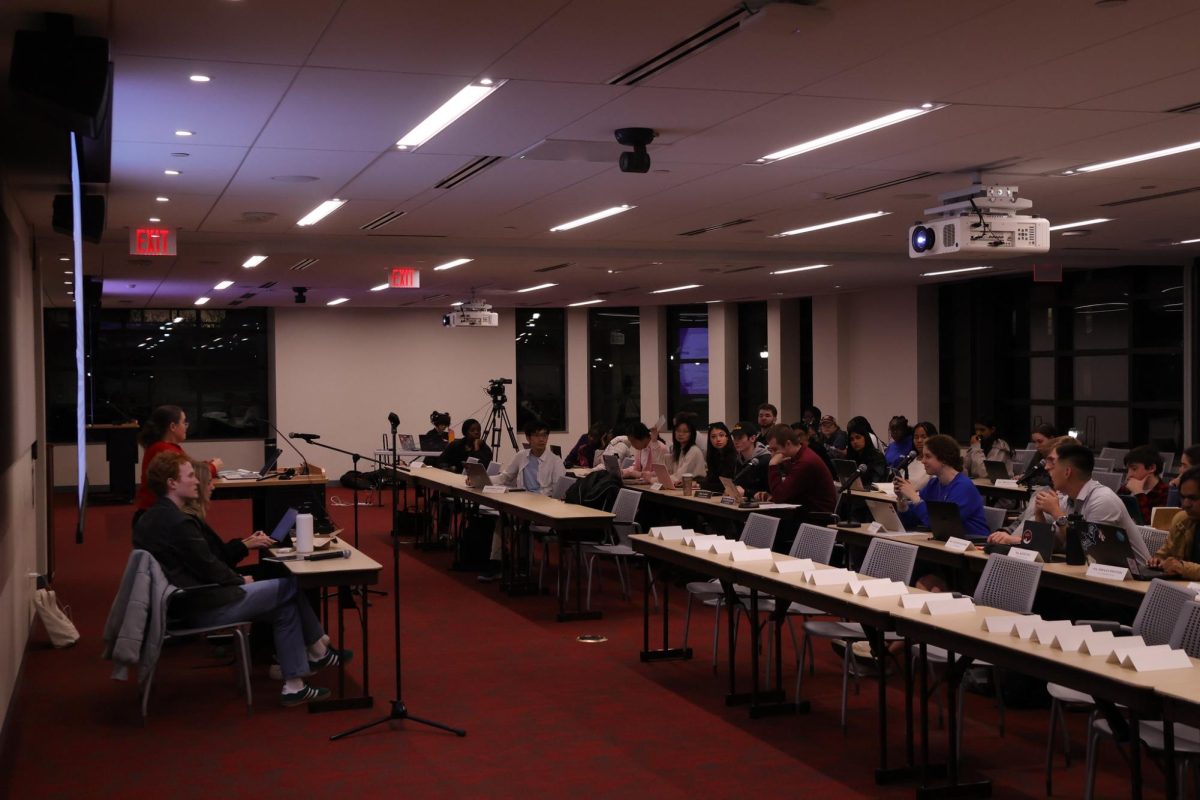
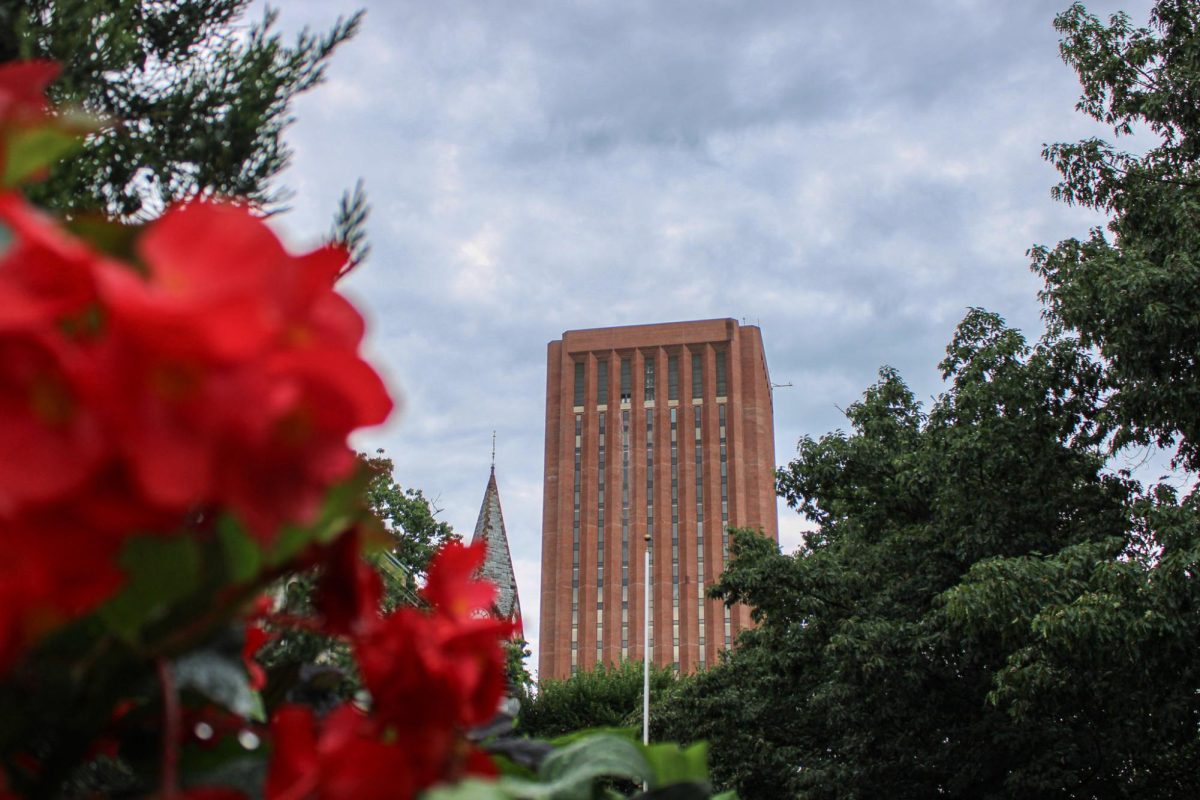
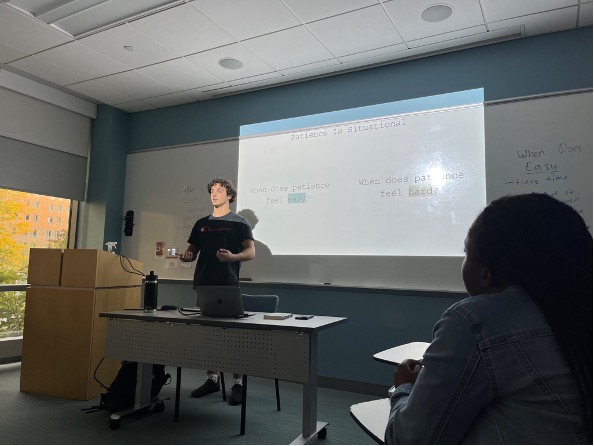

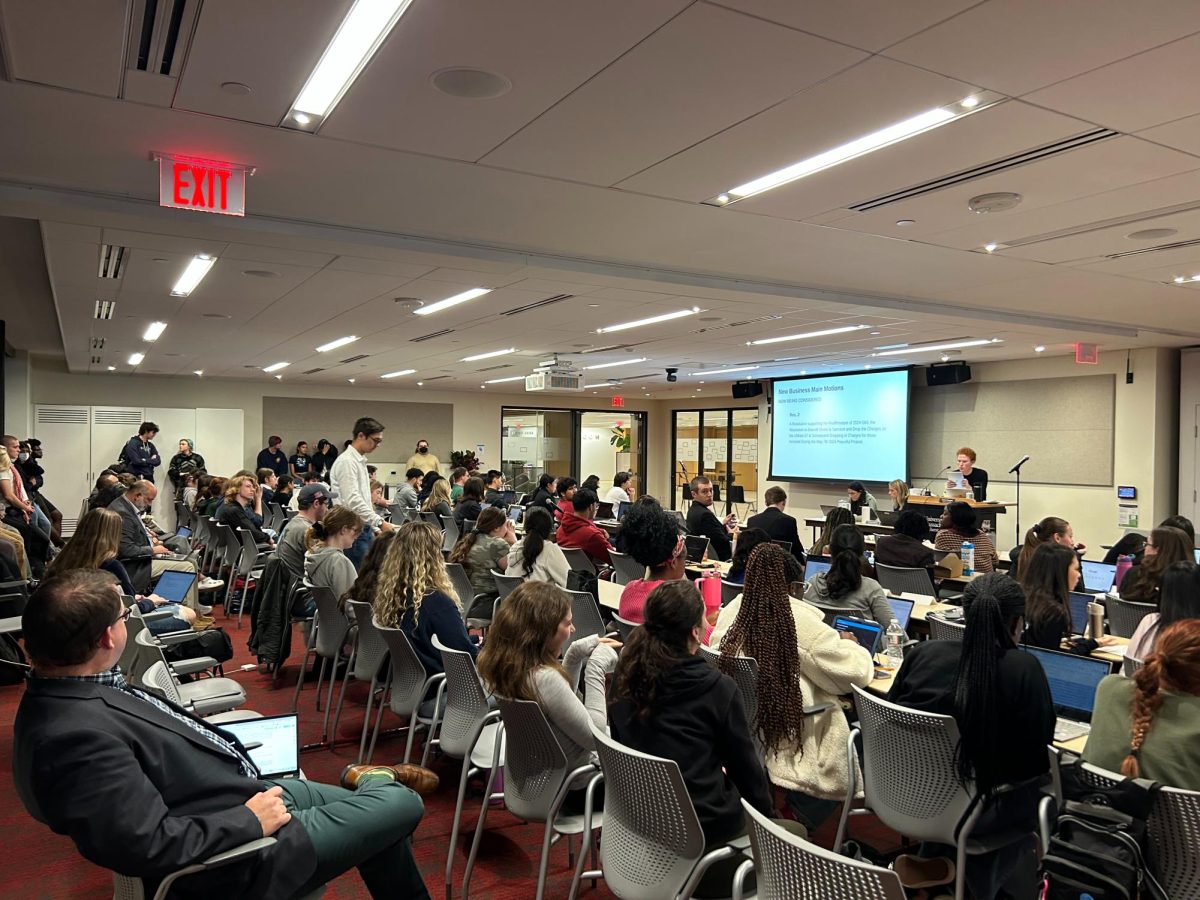
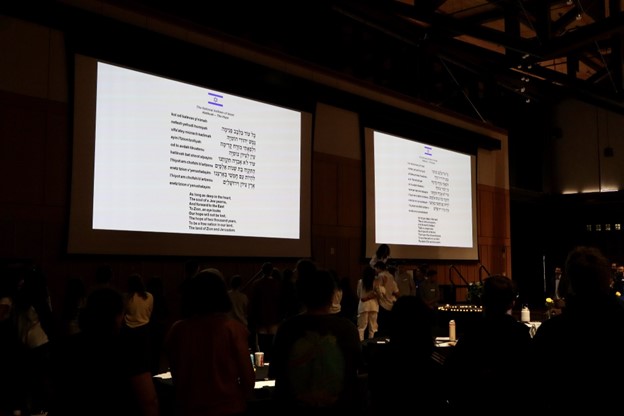



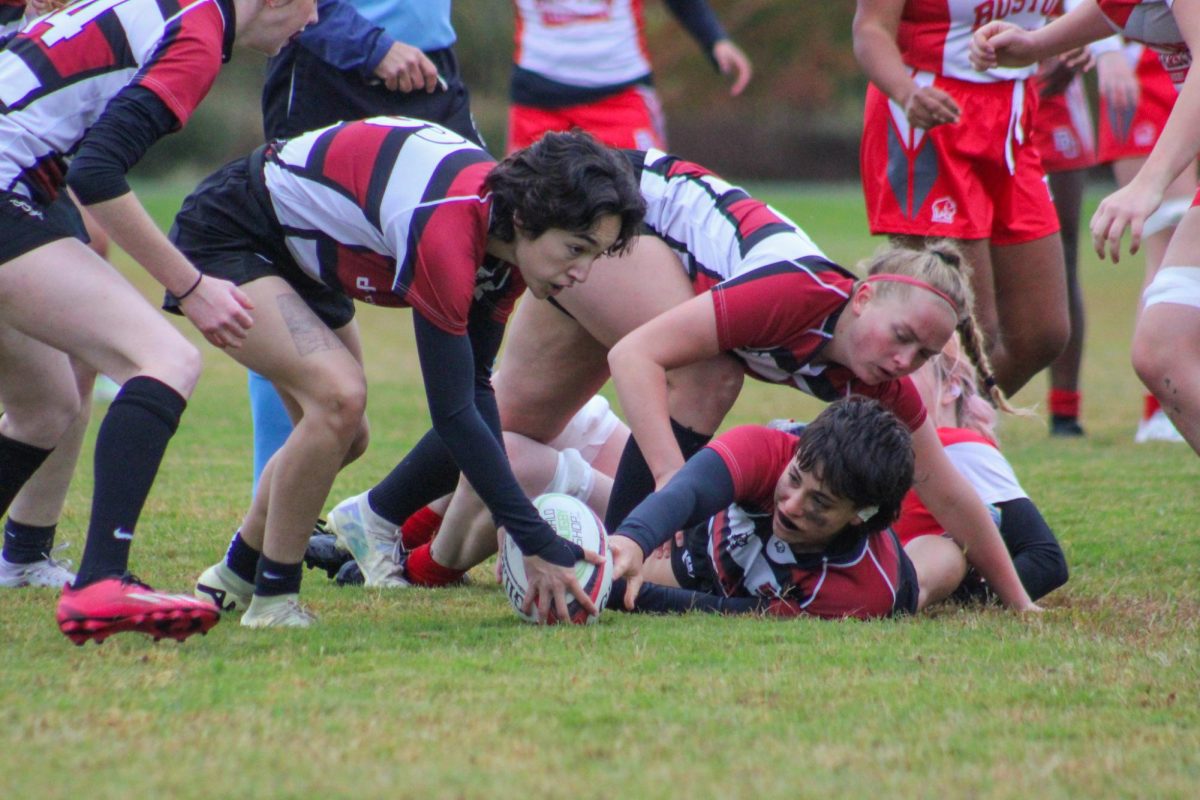


Edwin P. Knihnicki • Jul 26, 2020 at 12:17 pm
This abuse of chimps or monkeys was going on long before this. I was for a short time a secretary at the the UMASS biopsychology department in the mid 70s. One prof did sensory deprivation studies by shutting up monkeys in closets. Apparently it was thought at the time o.k. to do such a horrible experiment.
polisci B.A. 1972
Rick Gureghian • Jul 6, 2020 at 6:44 pm
This is not what I went to UMass for some 40+ years ago. Shame on the student population for tolerating any of those activities. They’re despicable and disgraceful activities that violate human decency! And, particularly, shame on any of the individuals — profs, asst profs, students, employees — who knew of this horror and did nothing about it!